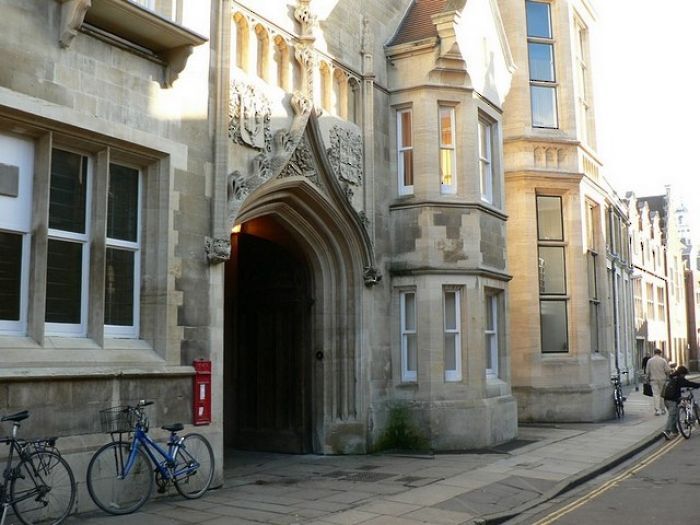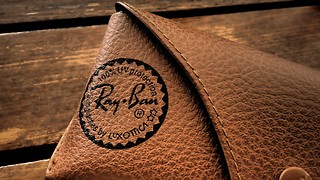This week in scientific history – the electron
122 years ago, Thomson discovered the electron in Cambridge’s Cavendish Laboratory, ushering in a new era of big machines, quantum physics and biophysics

Whenever you walk through central Cambridge, you will encounter tour groups gathering at key spots throughout the city centre. Perhaps the pub where Watson and Crick ‘discovered’ DNA or the Mathematical Bridge, supposedly ‘designed by Isaac Newton’. Another one of these spots is located just outside the SPS Library on Free School Lane: the laboratory where the electron was discovered.
122 years ago, on the 30th of April 1897, J. J. Thomson announced his discovery of negatively charged constituents of the atom, which we now call electrons. In the Cavendish Laboratory, then located on Free School Lane, Thompson conducted experiments as Director of the Laboratory. He investigated the conduction of electricity through gases – work for which he would win a Nobel Prize in 1906.
For the 1897 experiment, Thomson used an electric discharge tube which produced ‘cathode rays’ at low pressures. These rays caused fluorescence when they hit the far wall of the tube. It was known that these rays could be deflected by a magnetic field, and Thomson used this property to investigate whether these rays were negatively charged particles. He found that their mass to charge ratio was 1000 times smaller than the hydrogen ion – and called these new particles ‘corpuscles’. This discovery led to the ‘plum pudding’ model of the atom which viewed the fundamental building blocks of matter as negatively charged corpuscles scattered throughout a cloud of positive charge.
The science behind this announcement began long before April 1897, and Thomson had been using a variety of instruments to investigate phenomena such as ‘cathode rays’. However, Thomson recognised the importance of this phenomenon as a constituent of matter, and identified a way in which the electron could be manipulated and experimented upon. In this way, the announcement of the discovery was the icing on top of a giant cake of collaborative and cumulative work!
This discovery was just one of the exciting developments in Cambridge physics around the turn of the nineteenth century, as physicists turned to probing the very state of matter. The Cavendish Laboratory became an international scientific centre, attracting graduate students from across Britain and the world. By the 1920s, many scientists were studying electrons as part of the new discipline of quantum physics.
These investigations often moved from table top experiments within the original Cavendish Laboratory, to bigger and bigger machines. Studying smaller phenomena, probing the very nature of life itself, required bigger apparatuses. These approaches to understanding life and the universe at the smallest scale, were also applied to biological and chemical processes. This setting, within the Cavendish Laboratory on Free School Lane, was also the birthplace of Watson and Crick’s model of the helical structure of DNA.
The Cavendish Laboratory is still a key centre of physics research. In 1974, the physics department moved out to West Cambridge and by 2022, construction of the Cavendish III will be complete. The department and its current research – from dark matter detection to galaxy evolution to ultra-cold atomic physics – owe a lot to Thomson’s discovery of the electron 122 years ago.
 Comment / Plastic pubs: the problem with Cambridge alehouses 5 January 2026
Comment / Plastic pubs: the problem with Cambridge alehouses 5 January 2026 News / Cambridge businesses concerned infrastructure delays will hurt growth5 January 2026
News / Cambridge businesses concerned infrastructure delays will hurt growth5 January 2026 News / New movement ‘Cambridge is Chopped’ launched to fight against hate crime7 January 2026
News / New movement ‘Cambridge is Chopped’ launched to fight against hate crime7 January 2026 News / AstraZeneca sues for £32 million over faulty construction at Cambridge Campus31 December 2025
News / AstraZeneca sues for £32 million over faulty construction at Cambridge Campus31 December 2025 Interviews / You don’t need to peak at Cambridge, says Robin Harding31 December 2025
Interviews / You don’t need to peak at Cambridge, says Robin Harding31 December 2025










